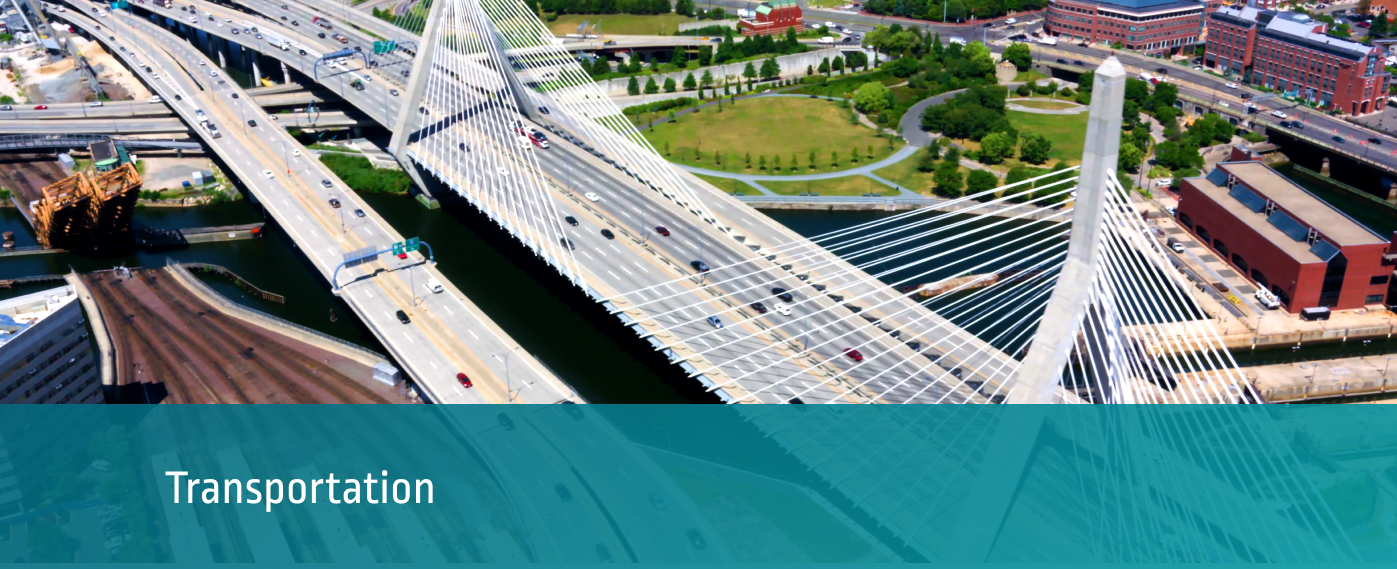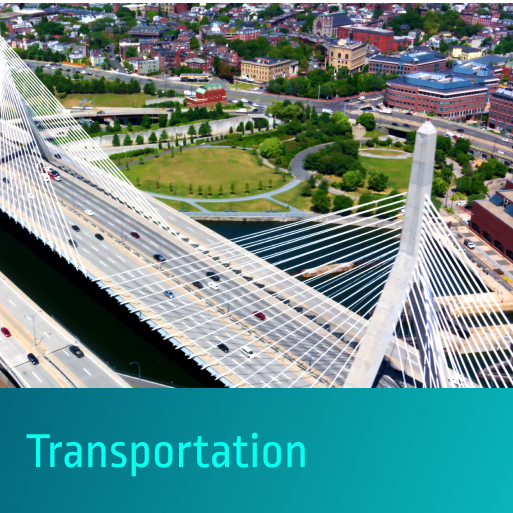Taken together, the maze of U.S. infrastructure (more than 4 million miles of roads, airports, rails, bridges and tunnels) should stand as one of our national economy’s greatest competitive advantages. Instead, for decades we have allowed it to crumble, even collapse—in many notable cases quite literally. According to the American Society of Civil Engineer 2021 Infrastructure Report Card, with about 43% of the U.S. public transportation infrastructure in poor or mediocre condition, U.S. drivers are left with annual vehicle repair bills totaling approximately $130 billion. Furthermore, in its current state, our nation’s increasingly unreliable infrastructure remains sadly unprepared to satisfy societal demands for bigger, better and greener cities.
Fortunately, the U.S. Congress responded by passing the Infrastructure Investment and Jobs Act which President Biden signed into law in November 2021. Under this law, the federal government will disperse billions of dollars to state and local governments for a variety of infrastructure improvements, including projects to repair, strengthen and modernize transportation infrastructure. Providing funding is only part of the equation, of course. Before the results are tangible, these infrastructure projects must be planned, managed and executed effectively and efficiently.





